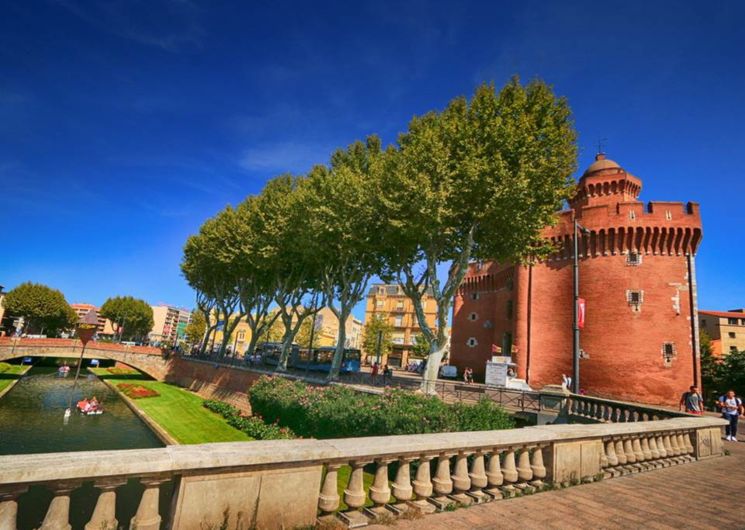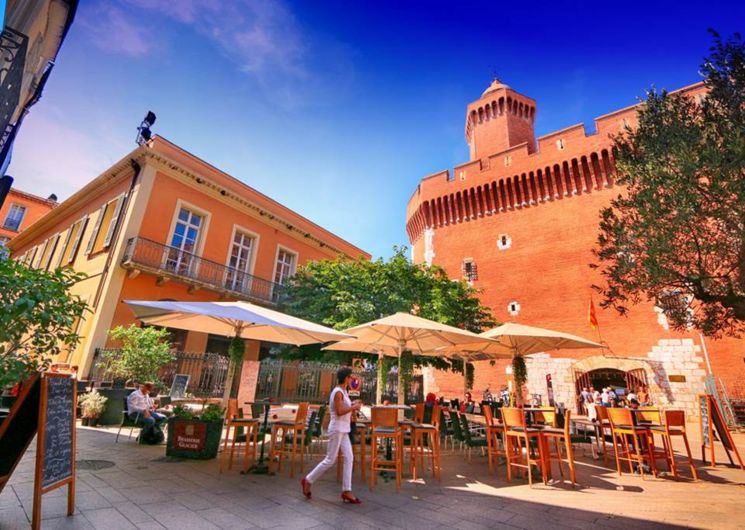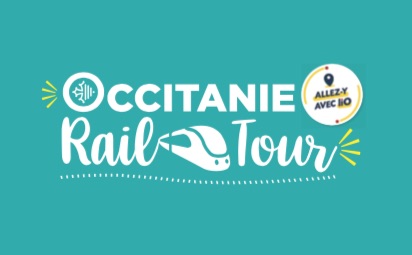Perpignan
PERPIGNAN , Pyrénées-Orientales – Point of interest
About
The heart of Perpignan beats to the Catalan rhythm. The last major town before the Spanish border is now a privileged gateway between Barcelona and France.
The assets of this town at the foot of the Pyrenees and a few kilometres from the sea: a mix of cultures and peoples that make up its wealth, its Mediterranean look and the beauty of the Pyrenean mountains surrounding it. A long-time defender of the Spanish cause, it was indeed under the kingdom of Majorca that Perpignan was in its prime, as the mainland capital of the kingdom. The main monuments of the town testify to this: the kings of Majorca reigned from 1276 to 1344, leaving a Gothic style of architecture behind them, a palace, a cathedral…
Monuments emblems of the city
The Palace of the Kings of Majorca is one such symbolic monument. Building began under the direction of King James II of Majorca and was completed in 1309 after his death. Palace and fortress, the building was a seat of political power, a royal residence and a chapel. The Palace in the Gothic style also has a luxuriant garden within its walls. From here, the visitor overlooks the plain of Roussillon. The kingdom of Majorca also marked the birth of another important local heritage monument: the Cathedral of St John the Baptist, which stands in rue de l’Horloge. The work began under the reign of these kings in 1324. Its base is in the Gothic style and the initial plans called for three naves to be built. In 1344, the progress of the work was greatly hindered by the fratricidal war against the kings of Aragon and the plague that was to ravage the country. Over the years, the plans were altered. Finally there was to be only one large nave flanked by chapels and a funeral cloister, the Campo Santo, which is unique in France. The first Mass was celebrated there in 1509. The Town Hall, built in the early fourteenth century with its pebble facade is also typical of the Roussillon architecture.
The other emblem of the city is the Castillet. It was designed in 1368, under the authority of the kings of Aragon. In the early twentieth century, the fortifications surrounding the city were demolished to open up the centre, but the Castillet was saved in extremis. Today it houses the Museum of Popular Arts and Traditions of Roussillon and the iconic flame of Saint-Jean, which is rekindled each year.
A relaxed and hospitable lifestyle
A southern city, Perpignan, with its winding streets, medieval charm and palm trees in the squares, offers a relaxed and hospitable lifestyle. The people here are proud of the city and its rugby team: the USAP! But a new emblem is emerging: the brand new Théâtre de l’Archipel, a vast ensemble of rooms designed by the famous architect Jean Nouvel. This new symbol reflects a city whose dynamism is also expressed by its intense cultural life, as in the famous procession of San Jordi in April, the “Perpignan on stage” festival in July, and of course “Visa pour l’image” in September, the renowned photojournalism festival. Assets that combine to establish the international reputation of the city, now directly connected to Barcelona by high-speed train.
Spoken languages : French
Allez-y en liO
En train : A moins de 20 mn à pied de la gare de Perpignan !
Environ 15 min (1280 m).
En car : A moins de 10 mn à pieds de l’arrêt PERPIGNAN – SANKEO Mercader !
Cet arrêt est situé sur les lignes :
Environ 7 min (621 m).
Calculez votre itinéraire pour votre voyage en Occitanie avec les trains ou les cars Lio
Calcul itinéraires et recherche horaires




